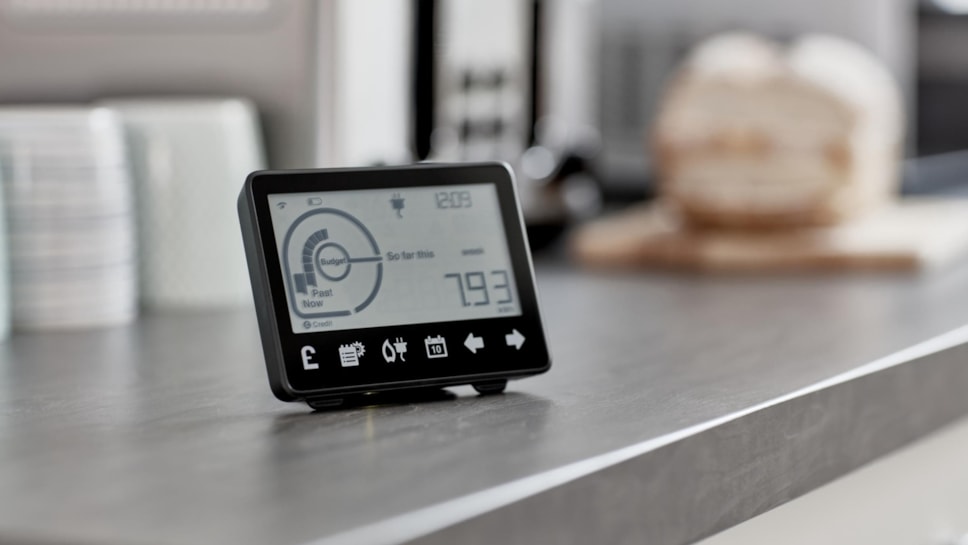
Net zero needs customer flexibility, and we’re making it pay
The UK will need more flexibility of demand side to make net zero work. Fortunately, there are multiple ways we can make flexibility a benefit to consumers.
For the transition to net zero to be a success, the UK’s energy system needs to become more flexible.
Renewable energy sources like solar and wind are dependent on environmental conditions, meaning they cannot consistently generate electricity on demand without enough sunlight or wind. In a future energy system that contains more renewable energy, that means supply might not on its own always be able to meet demand. And that’s where we need the flexibility to smooth things out.
Part of the solution lies in building more and better large-scale and long-duration battery storage. By storing surplus electricity when there’s a lot of solar and wind available we can make sure there’s enough to meet demand when there isn’t.
Another crucial part is in demand itself: how and when customers use electricity. As the Government’s Clean Power 2030 report says: “flexibility from both demand and supply will be vital to managing the system and keeping costs down. The path to net zero is one we all need to walk together, and this is where a potential challenge arises.
We need to encourage customers to use energy in flexible ways that not only benefit them in the long term by helping deliver all the dividends of the energy transition, but help make their bills lower and keep money in their pockets right now.
That’s why we’re constantly innovating to make flexibility, and new energy, work for the UK’s energy customers. Here’s how:
The E.ON Next Coventry battery pilot
A domestic battery can save between £250 and £300 a year for the average UK household, which over its 20-year lifespan could provide between £5,000 and £6,000 in savings.
That isn’t only more than the £3,000 it currently costs to supply and install a battery (and prices are coming down all the time), it’s also more than financially vulnerable customers who are eligible for the Warm Home Discount would expect to receive through that scheme during the same period.
This means that by helping vulnerable customers to store electricity and use it more flexibly, we can offer significant financial benefits while also helping to keep supply and demand on the grid balanced.
That’s why, as part of our battery pilot in Coventry, we’re working to install domestic batteries in financially vulnerable households at no upfront cost, proving that greater flexibility can make sense for everyone.
The new Next Smart Saver Tariff
It’s vital for us that vulnerable consumers receive the help they need, and we’re now stepping up to make more flexible energy use work for all our customers with the Next Smart Saver tariff.
This new Time of Use tariff offers customers three different rates depending on when they use electricity from the grid.
Peak-rate costs 38.48 p/kWh, and is active between 4pm – 7pm when demand on the grid is highest.
Offpeak is considerably cheaper at 20.11 p/kWh and will help encourage people to use electricity for certain tasks and appliances – like running a washing machine – between 5am and 4pm, or 7pm and 2am.
Super off-peak is even cheaper at just 16.33 p/kWh, and is perfect for charging up electronic devices, or potentially electric vehicles.
Together, these three rates can give customers control over their bills and make flexibility pay.
Helping consumers become Flexsumers
Ultimately, we want to see the UK become a nation not just of energy consumers, but energy Flexsumers.
A Flexsumer is an energy customer who doesn’t just buy power from the grid at a fixed price...
They might also have solar panels on their roof installed by E.ON as part of a commercial package or the ECO4 Scheme, allowing them to generate as well as buy electricity.
They might have battery storage allowing them to store that self-generated power for later use.
They might even sell some of it back to the grid through a smart meter and export tariff, or sell electricity they bought off-peak back into the system when prices are higher.
All of these activities turn previously passive customers into active participants in the energy market, flexibly helping to keep supply and demand in check and enjoying financial benefits as a result.
By rolling out these innovative business and technological solutions, we’re changing the game.
Crucially, Using energy more flexibly doesn’t have to be a sacrifice. It can be a way for customers to save money, take control of their bills, and benefit from doing their bit with us to make new energy work.
